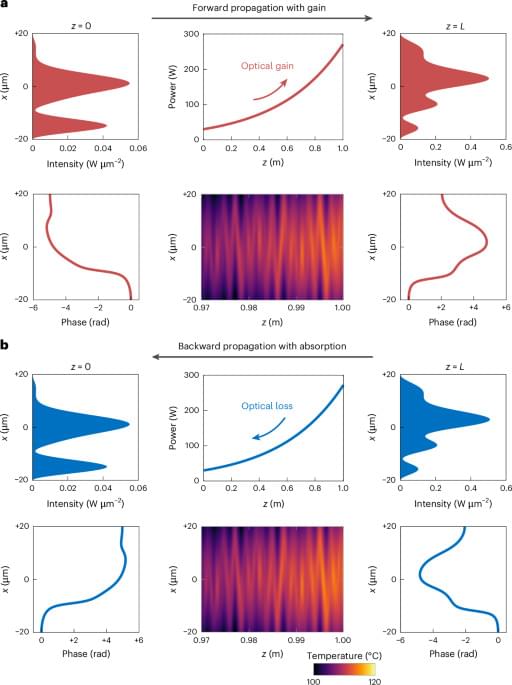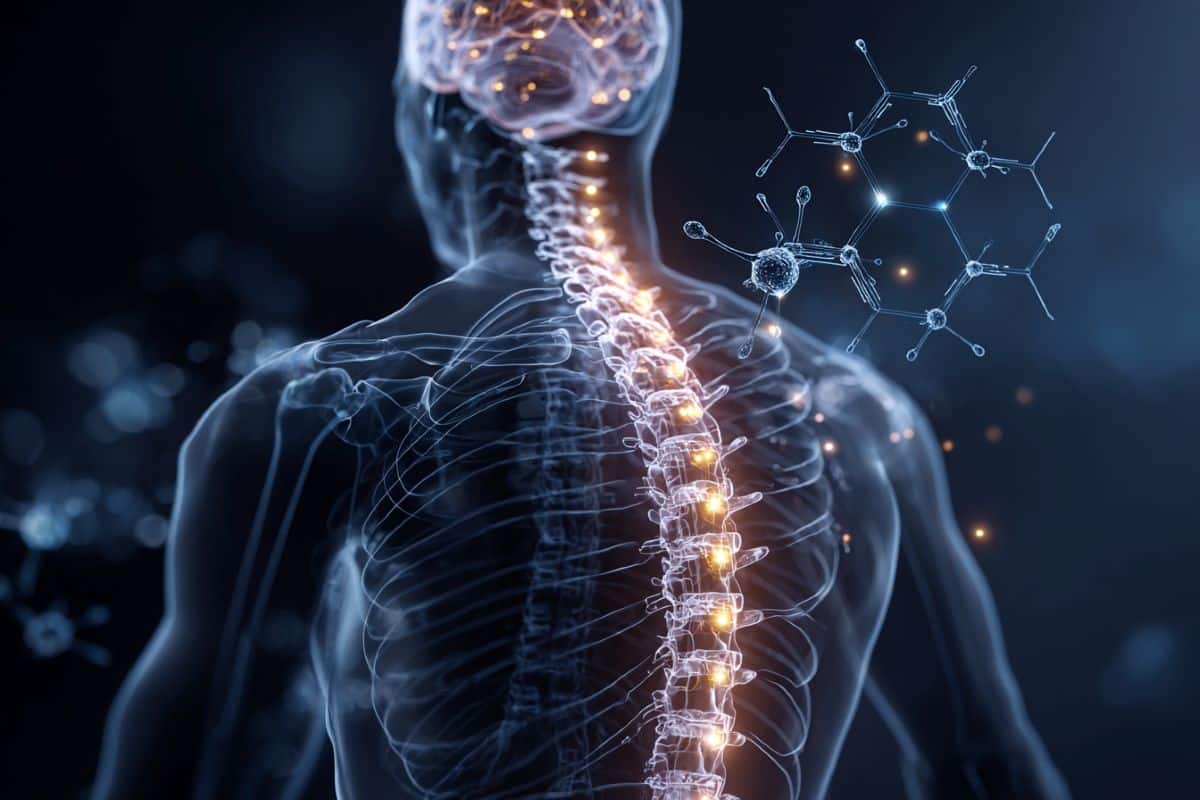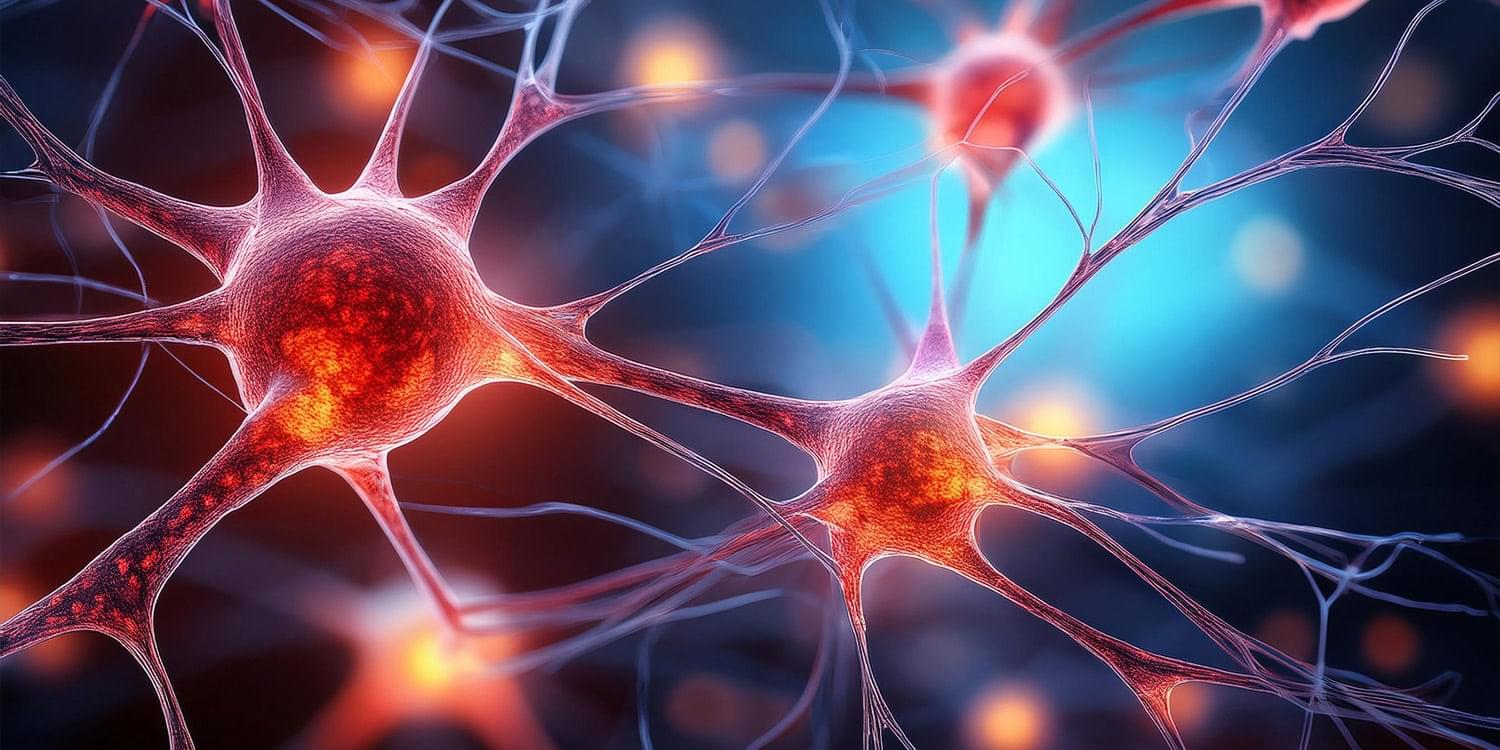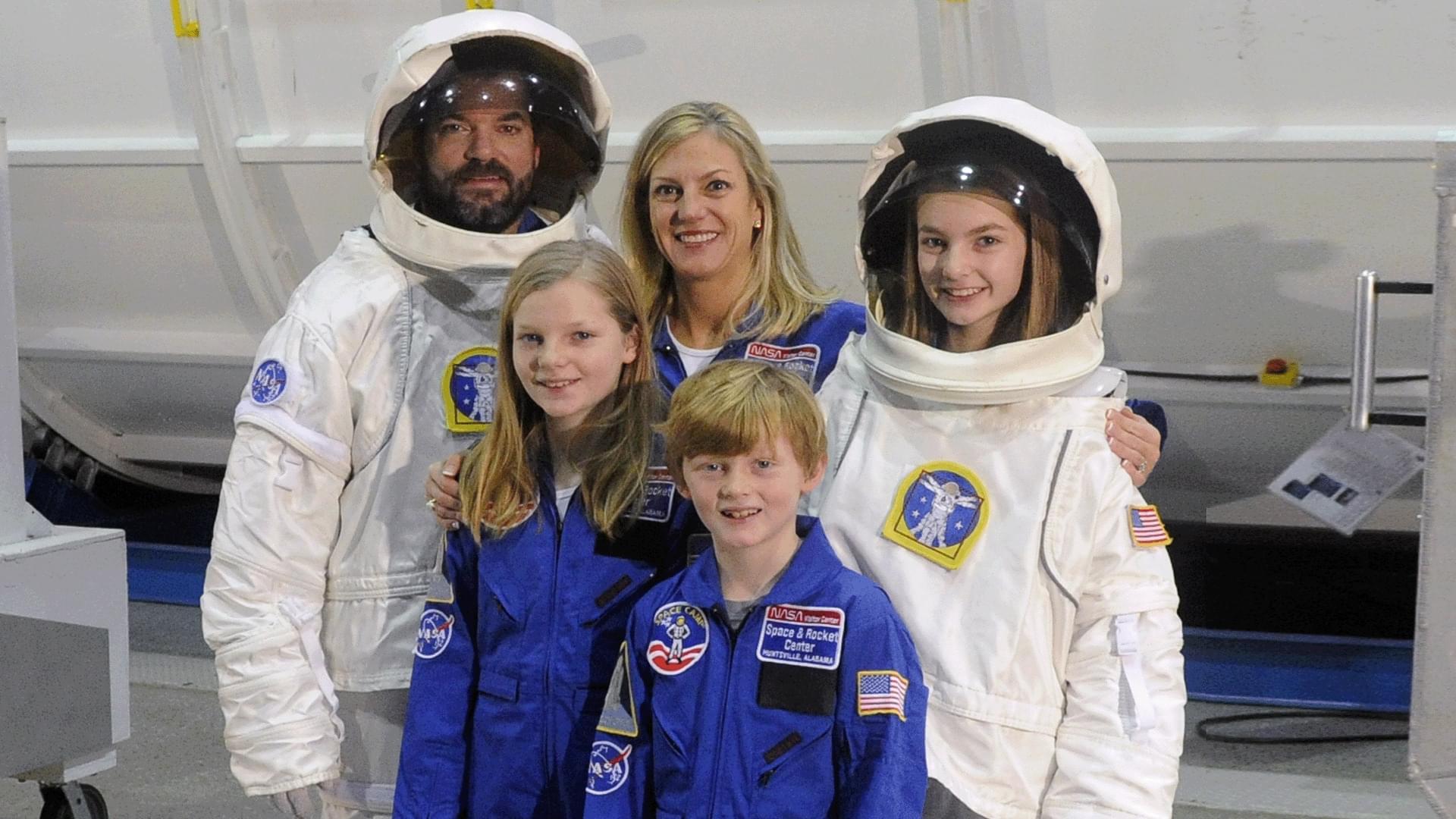Interesting paper where microintravascular electrodes were inserted into cortical veins of pigs to record somatosensory and visual neuronal activity as well as selectively stimulate motor areas. Compared to electrocorticography, this is a less invasive approach with similar capabilities. #neurotech [ https://doi.org/10.1002/aisy.202500487](https://doi.org/10.1002/aisy.202500487)
Intravascular electroencephalography (ivEEG) with microintravascular electrodes enhances neural monitoring, functional mapping, and brain–computer interfaces (BCIs), offering a minimally invasive approach to assess cortical activities; however, this approach remains unrealized. Current ivEEG methods using electrode-attached stents are limited to recording from large vessels, such as the superior sagittal sinus (SSS), restricting access to cortical regions essential for precise BCI control, such as those for hand and mouth movements. Here, ivEEG signals from small and soft cortical veins (CV-ivEEGs) in eight pigs using microintravascular electrodes are recorded, achieving higher resting-state signal power and greater spatial resolution of somatosensory evoked potentials (SEPs) compared to SSS-based ivEEG. Additionally, ivEEG recorded from deep veins clearly captures visual evoked potentials. Furthermore, comparisons between CV-ivEEG and electrocorticography (ECoG) using epidural and subdural electrodes in two pigs demonstrate that CV-ivEEG captures cortical SEPs comparable to ECoG. Targeted electrical stimulation via cortical vein electrodes induces specific contralateral muscle contractions in five anesthetized pigs, confirming selective motor-region stimulation with minimal invasiveness. The findings suggest that ivEEG with microintravascular electrodes is capable of accessing diverse cortical areas and capturing localized neural activity with high signal fidelity for minimally invasive cortical mapping and BCI.









